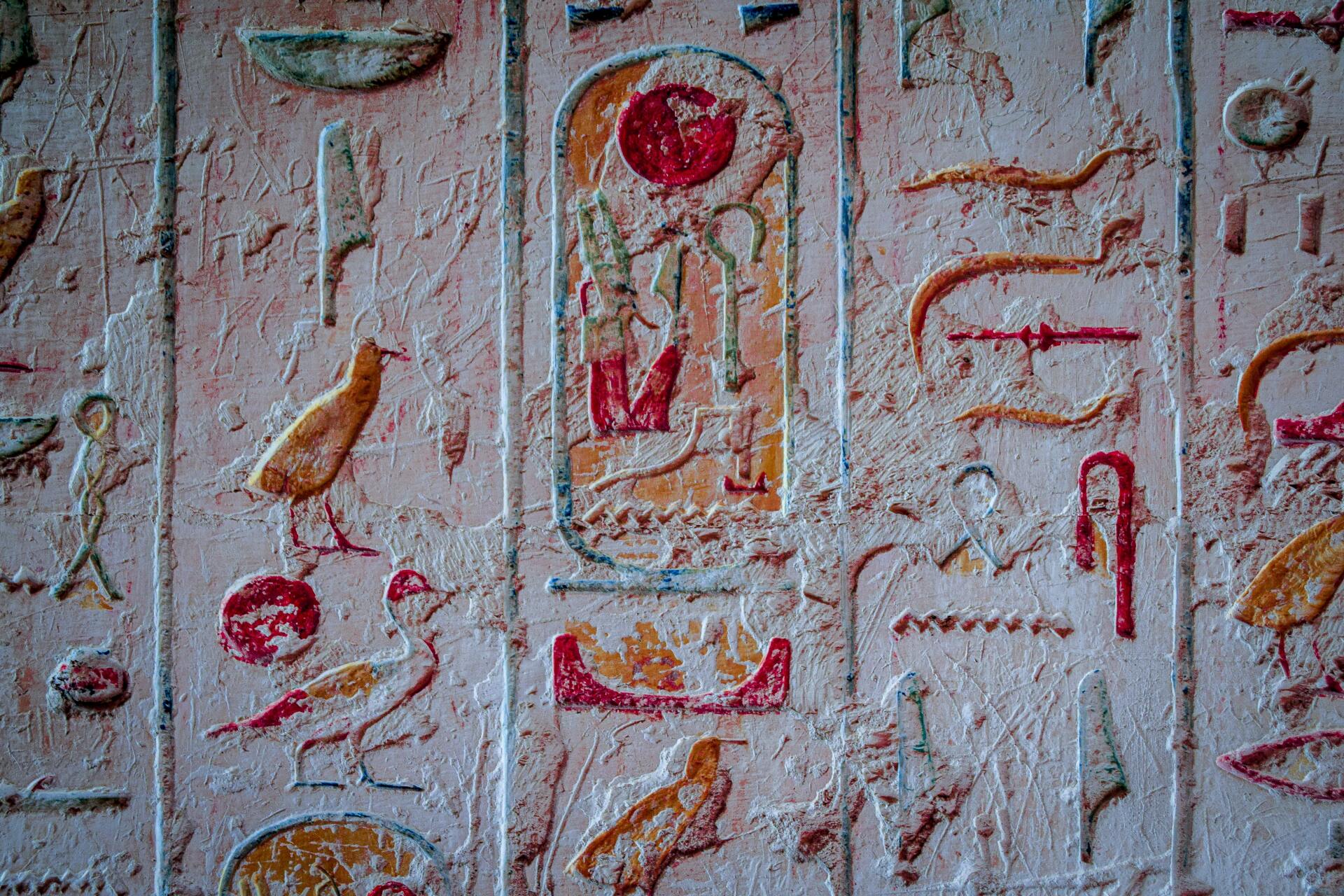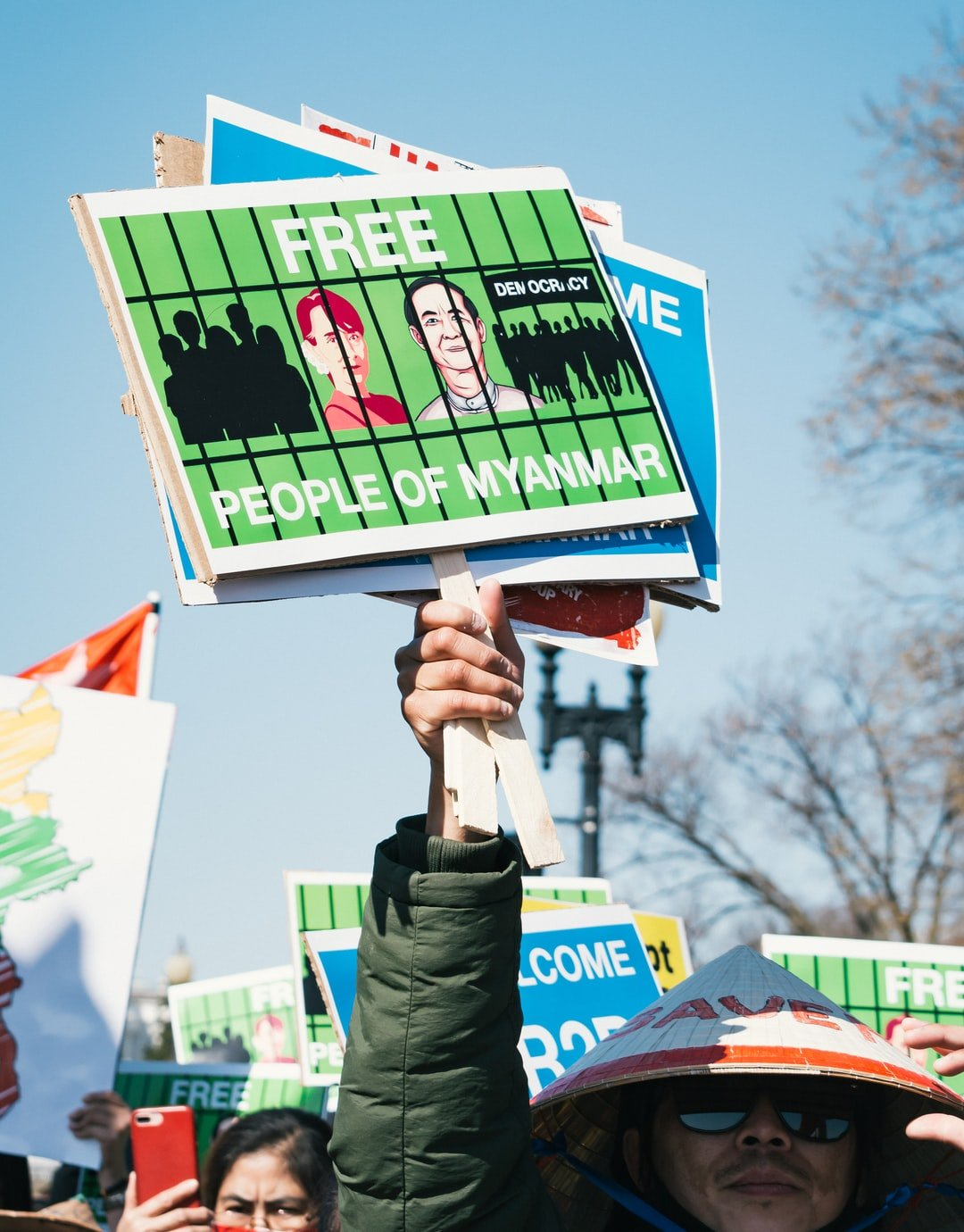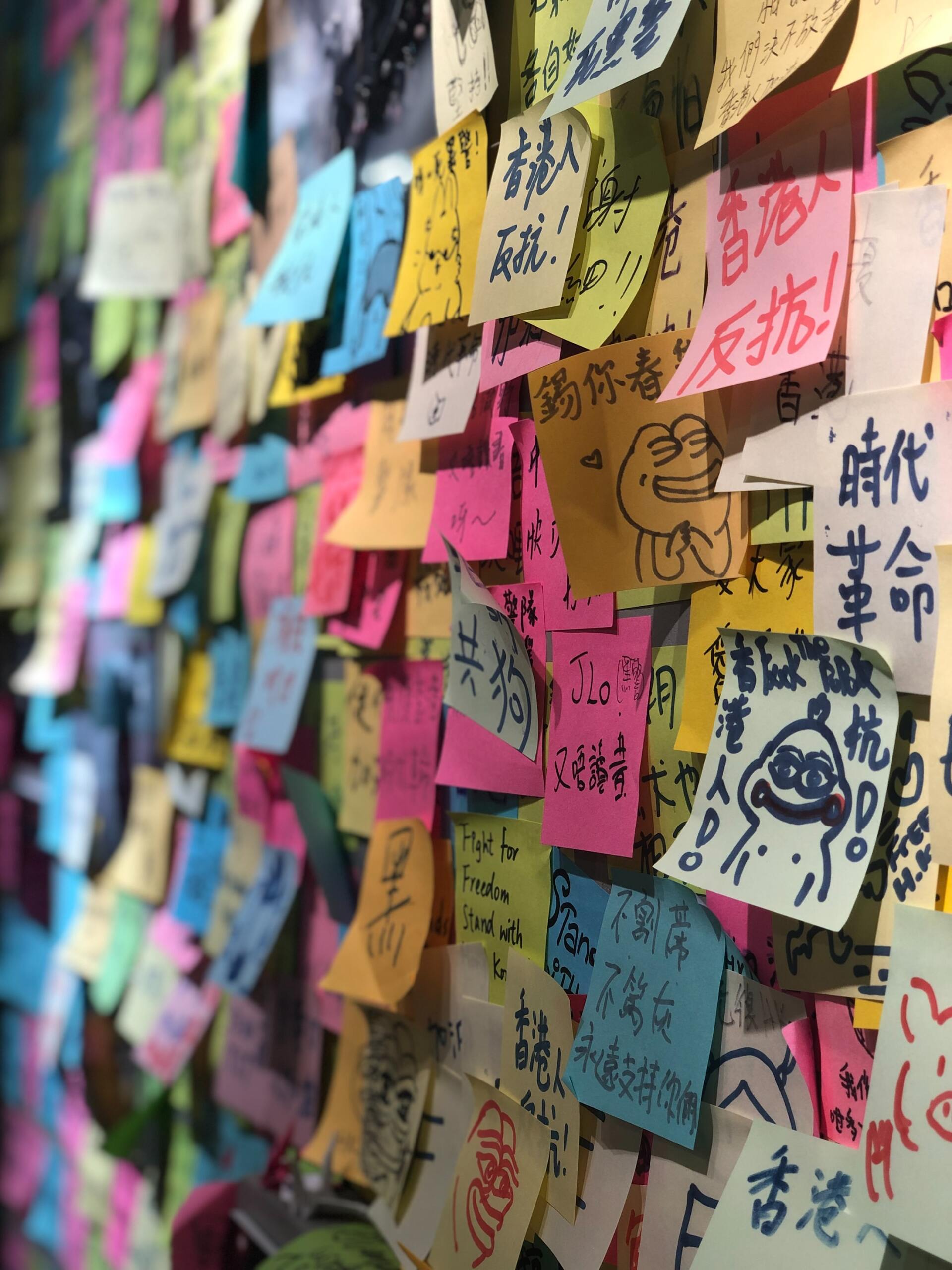On February 1st, Myanmar’s military staged a coup d’état, citing election fraud in the November elections which saw an overwhelming support for the National League of Democracy, the democratic political party in Myanmar and the military’s primary opposition party. Since then, the effects have been devastating. From the documented terror on civilian lives, to the cultivation of fear, and the crackdown on dissent, most people in Myanmar are reminded of the conditions they were forced to endure in 1988 and 2007. Among this, the digital space has emerged as a channel for democratic activism and hope.
Putnam’s Bowling Alone
Drawing upon the conceptualizations of civil society, in Robert Putnam’s book Bowling Alone, he writes how the increasing “individualization” of leisurely activities have impeded the natural formation and maintenance of civil society, which can only be imagined to be exacerbated by the COVID-19 pandemic. Indeed, the decrease in social capital during the pandemic is a concerning development, particularly for those who are convinced of Putnam’s argument. Yet, Myanmar's recent democratic movement has challenged Putnam, by revealing the potential of the digital space for organizations, activism, and conversations under an authoritarian rule.
Fighting for Democracy
The rise of the internet in Myanmar has only increased in the last decade. Cellphones and SIM cards are now more widely available than they were in the pre-2012 era. Facebook has become synonymous with the internet, and it would not be a surprise anymore that the ordinary person has a facebook account. Yet, despite only the recent introduction of social media, the social networking site has been a medium for organizing protests, spreading live information, and expressing dissent.
Interestingly, the term “keyboard warriors'' were initially utilized as a derogatory term to refer to people who expressed their anger online, with a perceived lack of real substantive value in the real world. Yet, this particular use of the term negates the contributions of online activists to real world democratic struggles. In the post-coup era in Myanmar, keyboard warriors in the democracy movement are seen with high regards, responsible for using what little access the nation has to the internet to promote the democracy movement.
During nights, Facebook Live was used to document unrest; online neighborhood watch groups were set up to alert people nearby and hinder arbitrary arrests by the police and military. The internet was flooded with hashtags of #whatshappeninginMyanmar, #SaveMyanmar, #PrayforMyanmar, and many others led by “keyboard warriors” on Facebook, Twitter, and Instagram who risked their lives to inform the world of the atrocities. From the online blue shirt campaign for current political prisoners, to the red lips campaign for the International Day for the Elimination of Sexual Violence in Conflict, the people of Myanmar have utilized social media to pour visualizations of creative dissent; using the internet as a medium of resistance, and urging others to join the fight from the shadows of the junta. Like the three finger salute by democracy fighters in the country, the hashtags reveal symbols of resistance of the Myanmar people against the military coup in the digital era.
Evidently, at a time when isolation is expected due to the dangers of going out during an authoritarian crackdown and COVID-19, Facebook has been a crucial pillar for Myanmar’s civil society to reinvigorate and thrive. Despite these individualized actions and what Putnam would essentially describe as a decrease in social capital, civil society and anti-regime activism is thriving in Myanmar. The internet demonstrates a novel threat to the military regime, which has relied on outdated modes of surveillance and tactics. In response to the rise of the digital space as an instrument of anti-regime activism, the junta have also actively arrested and targeted social media influencers, musicians, poets, and journalists who are vocal on the internet.
Conclusion
Indeed, civil society alone has only been truly studied in the past few decades. Within this realm, the digital space has been looked at less as an opportunity to foster the growth of civil society, and more as a hindrance to democratic maintenance. Yet, I argue, using the case study of Myanmar’s 2021 democracy movement, that this is an unfair and dangerous assumption to make.
Despite the nightly internet blackout and arbitrary shutdown of internet services, Myanmar’s youth have utilized the digital space to share atrocities, art, poems, and live feeds of what is happening on-ground. They have used innovation and humor to artfully convey messages of democracy. The military has severely underestimated the role of young people and the digital space in this new wave of regime resistance. The current fight for democracy in Myanmar relies on their access to the internet, and the international community, at the very minimum, must ensure that the internet remains accessible. As evident, the creativity, determination, and perseverance of Myanmar’s youth to fight for freedom is proving to be the key to the country’s democratic future.
Theint Theint is an MSc student at the London School of Economics and Political Science. She is interested in exploring the intersection of human rights, law, and health within the context of Southeast Asia. She has led multiple health initiatives in Myanmar and partakes in pro-bono legal human rights work. She is interested in exploring the power dynamics between civil society, the internet, and authoritarian regime.
Read More


Watch Our Episodes





